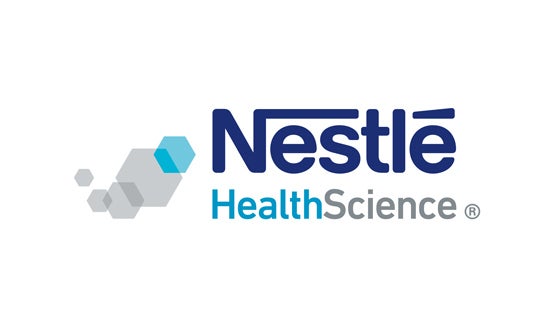
ESPEN 2014: “On the move against frailty”: Tested nutritional and social activity interventions support mobility and recovery

The 36th ESPEN Congress Geneva, Switzerland
Speakers:
- New evidence for combined nutrition and exercise to improve physical function in pre-frail seniors
Reto W. Kressig, MD (Switzerland) - Caregiver tips to optimize adherence to prescribed nutritional supplements
Sandra Simmons, PhD (USA) - Effects of combined nutrition and exercise programs in frail institutionalized older adults: The ACTIVNES study
Pedro Abizanda, MD, PhD (Spain)
Chair:
Matteo Cesari, MD, PhD (France)
KEY MESSAGES
Reto W. Kressig, MD
The aging process is associated with progressive loss of muscle mass with lowered strength and physical endurance (“sarcoepenia”). Regular aerobic and resistance exercise programs have been shown to counteract most aspects of sarcopenia.
However, only around half of European seniors are considered physically active and engaged into regular exercise programs. Further, simple resistance exercise alone and therefore increased muscle mass and muscle strength are not a guarantee for functional improvement and less falls in seniors.
When designing and offering exercise programs for seniors, compliance factors such as fun and socializing, but also cognitive components for body coordination and balance control imperatively need to be considered. Protein nutrition in combination with exercise is considered optimal for maintaining muscle function. Using “fast proteins” such as whey in direct combination with physical training interventions seems to be feasible and practical in regard to compliance and most promising in regard to increasing muscle strength and muscle functionality.
Adequate dietary protein intake (1.0 – 1.2g protein/kg body weight/day for healthy older people; 1.2 – 1.5g protein/kg body weight/day for malnourished and sarcopenic older people) and continuing exercise/ physical activity are important to healthy aging and should be undertaken by all older people, for as long as possible.

Sandra F. Simmons, PhD
- Many older adults are at risk for under-nutrition and dehydration.
- Caregiver offers of a variety of supplements and snacks multiple times per day between regularlyscheduled meals is an effective way to increase caloric intake.
- Professional caregivers in the long-term care setting often do not provide consistent offers or adequate assistance.
- Both professional and lay caregivers can be trained to provide better quality assistance to enhance independence in eating and intake for older adults.

Pedro Abizanda Soler, MD, PhD
The ESPEN Guidelines on Enteral Nutrition state that in frail elderly, oral nutritional supplements are recommended to improve or maintain nutritional status. It has also been demonstrated that physical exercise in frail older adults is associated with multiple benefits. With these premises we conducted the ACTIVNES Study. Our hypothesis was that a combined intervention of a hyperproteic, hypercaloric (HP/HC) oral nutritional supplement (ONS) (Resource® Senior Activ, Nestlé Health Science) plus standardized physical exercise training in frail institutionalized older adults in Spain, would increase strength, functional status, and quality of life under ususal clinical practice conditions.
The design was a multicentric prospective observational study in 4 institutions from Spain (n=97). The inclusion criteria were: Patients ≥ 70 years old, with 3 or more of Fried´s frailty criteria, able to walk 50 meters, and already taking or who started to take a HP/HC nutritional formula with prebiotic fiber, vitamin D and calcium.
The main conclusions of the study were: The study intervention (ONS + exercise) reveals an improvement in functional capacities, especially at 6 weeks. 50% of participants improved one or more points in SPPB at weeks 6 and 12. This improvement is more important in participants with more frailty criteria, lower functional level, lower Vitamin D levels and with poorer nutritional status. Participants also improved nutritional status, especially those with malnutrition, and their quality of life at weeks 6 and 12. It is important to highlight that over 90% of residents accomplished daily exercises, and over 80% accomplished an oral intake of more than 60% of ONS. The good results obtained after 6 weeks and the positive trend of many results at 12 weeks open a new research field in medical assistance.
NNI ESPEN 2014 Geneva
